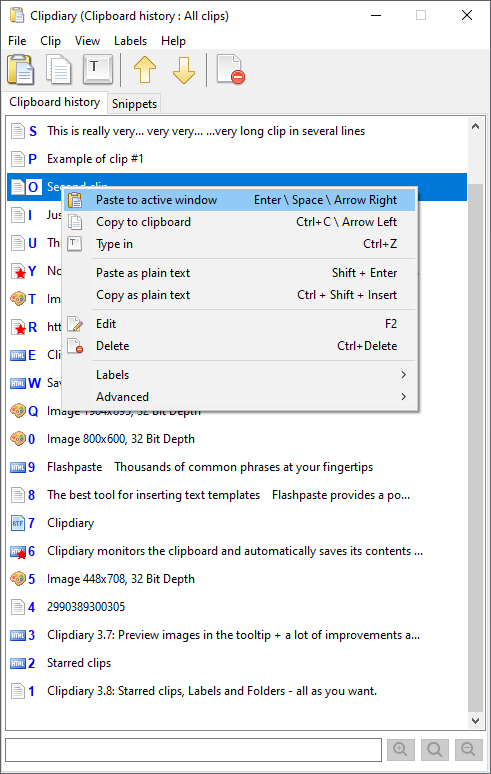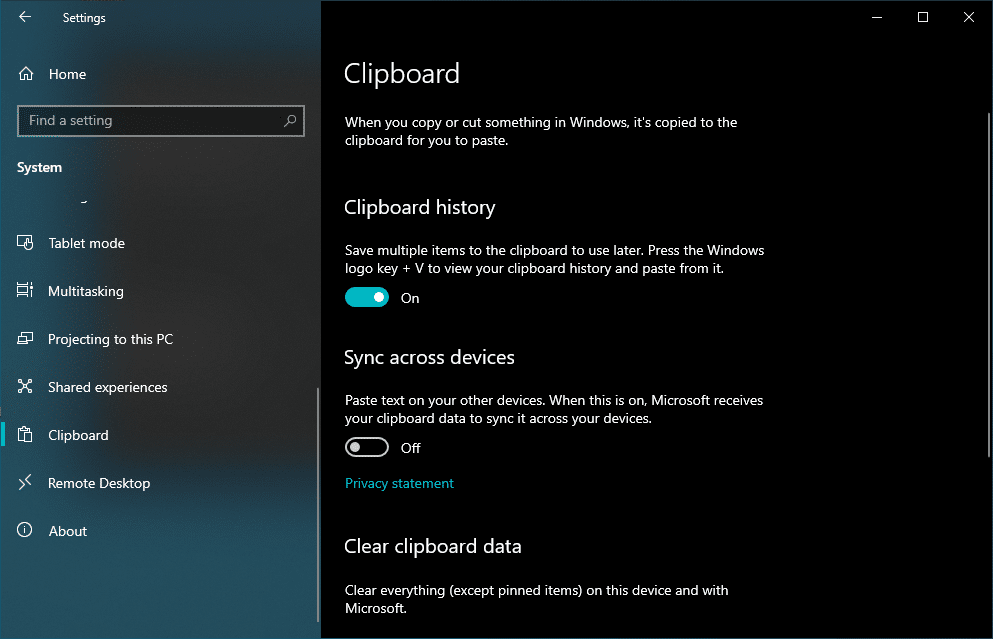

However, unfortunately, none of the iterations of the Windows Operating System that have been created and released after Windows XP have come with built-in Clipboard viewing or managing utilities. Windows XP came with a pre-installed Clipboard Viewer ( clipbrd.exe) that could be used to view the entire Clipboard of a computer running on Windows 10. However, what if you need something you copied or moved that was not the last piece of data you copied or moved? This is where the Clipboard steps in – you can simply view your Clipboard, locate what you require and copy the data over from the Clipboard.

On a Windows computer, when you press Ctrl + V the last piece of data you copied or moved from another place is copied over or moved to where you pressed the Paste shortcut. A computer’s Clipboard is what enables the user to freely copy or move data from one place to another, even going as far as to allow data to be freely moved between different applications. Every single piece of data you copy during one session of use on a computer is stored on its Clipboard, and the Clipboard resets every time the computer is shut down and then booted back up again. The place where the data you copy, cut or otherwise move from one place on a computer is stored is known as the computer’s Clipboard.

When you copy, cut or otherwise move data from one place on a computer, regardless of whether the data is text, a hyperlink, an image or anything else, a copy of the data is saved in an invisible portion of the computer’s memory.


 0 kommentar(er)
0 kommentar(er)
